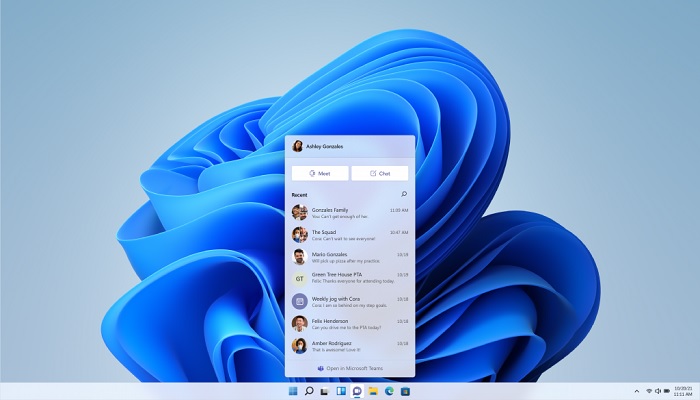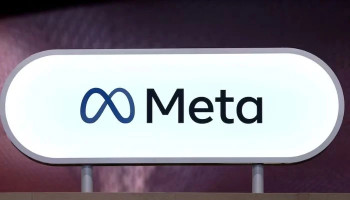
Microsoft is setting the stage for an eventful year with Windows, highlighted by the arrival of AI-enhanced PCs from leading manufacturers this summer. Questions abound regarding the timeline and features of Windows 11 version 24H2, its optimisation for AI PCs, its release schedule, and its initial debut on Arm PCs.
Drawing from sources knowledgeable about Microsoft’s plans, I've pieced together the upcoming developments for Windows 11.
Journey to 24H2
Microsoft is on the cusp of finalising a base build for the next iteration of Windows 11. Sources indicate that Microsoft aims to deliver this foundational version of Windows 11, 24H2, to manufacturers like Dell, HP, and Lenovo in early April. Known as RTM (Release To Manufacturers), this stage provides OEMs with a stable version of Windows for integration into new devices.
However, the RTM stage in today’s "Windows as a Service" era is not the final product. It signifies a stable platform, but not necessarily the completion of all features. Therefore, even though the RTM build will be sent out in April, the full realization of Windows 11 version 24H2 is expected later in summer. This additional time allows Microsoft to refine the update’s features, including revolutionary AI capabilities slated for revelation at a May 20 event.
This approach mirrors the initial rollout of Windows 11 in 2021, where Microsoft announced the OS in June, distributed an initial RTM build to OEMs and Insiders, and then updated it over the summer for an October release.
Different approach to update rollouts
The distribution of version 24H2 will see a unique two-phase release. The first phase will begin in June, followed by a second in September. This two-wave rollout is partly driven by the requirements of upcoming Snapdragon X Series Arm-based hardware, which necessitates version 24H2. Thus, OEMs eager to launch new devices with these chips during summer are aligned with this release strategy
















